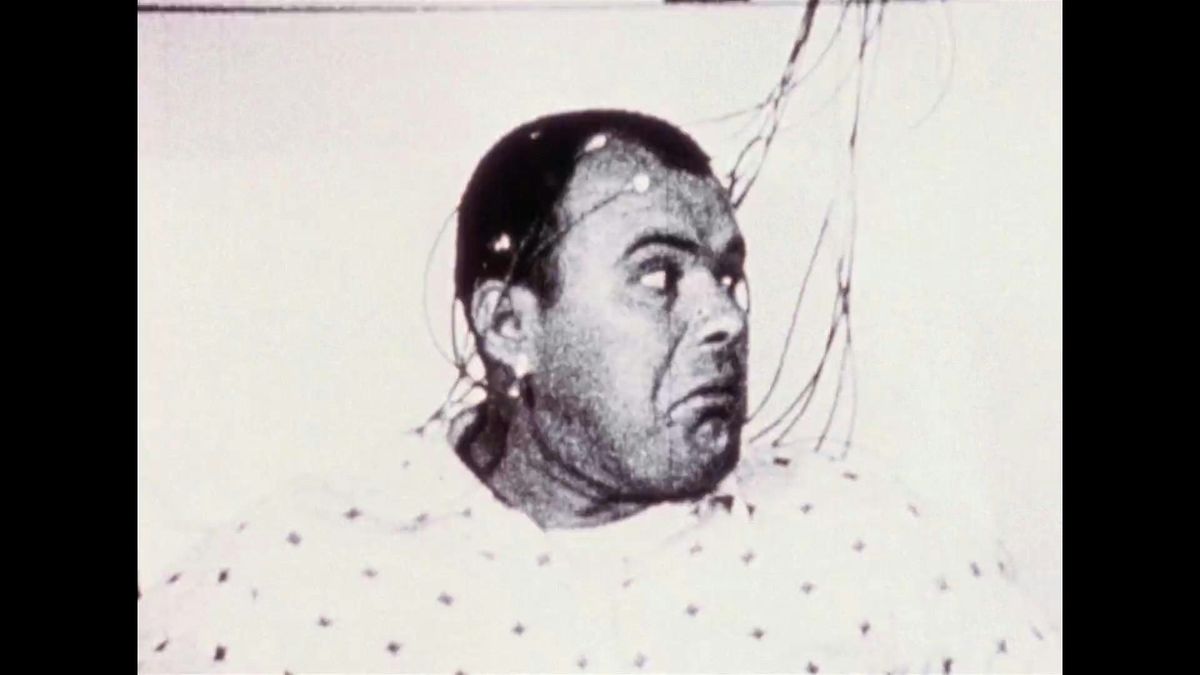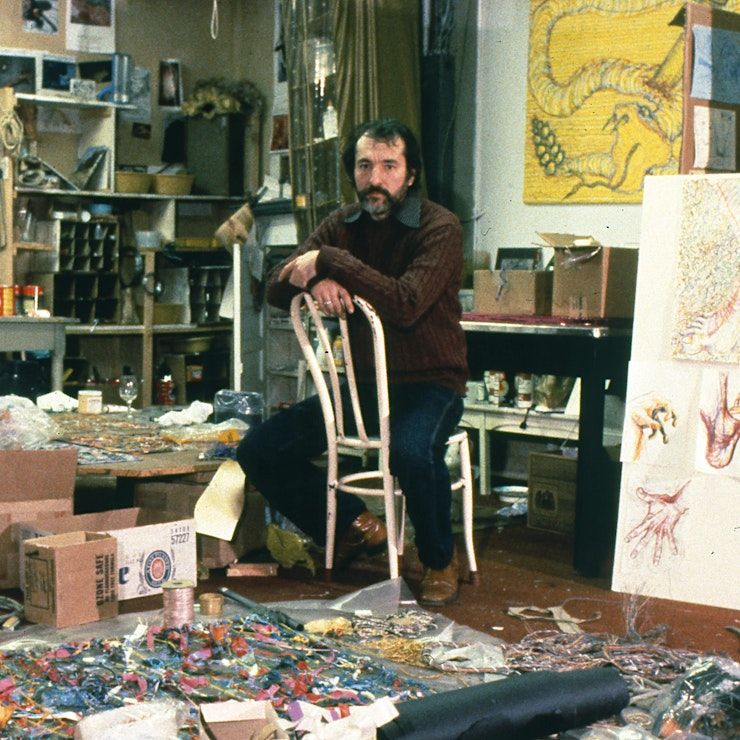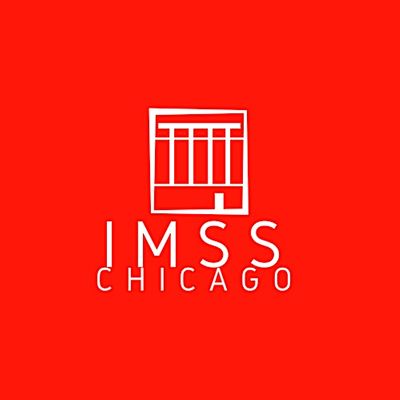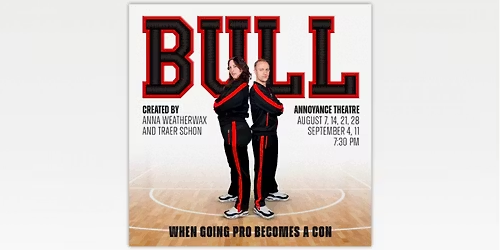Film Screening “The Body Electric," Six Films By Paul Sharits” by Tone Glow
Schedule
Thu Aug 14 2025 at 07:00 pm to 09:30 pm
UTC-05:00Location
International Museum of Surgical Science | Chicago, IL

About this Event
Tone Glow Presents “The Body Electric: Six Films By Paul Sharits”
August 14th, 7:00pm-9:00pm
Doors: 6:00pm
Tickets:
$15 GA Presale
$10 Student Presale (Use code STUDENT at checkout)
$10 IMSS Member Presale (Use code IMSSMEMBER at checkout)
-$20 at Door
$15 Student at Door
$15 IMSS Member at Door
June 19th, 7:00pm-9:00pm
Tone Glow is excited to announce "The Body Electric," a program highlighting six films by the visual artist and filmmaker Paul Sharits (1943-1993). Born in Colorado, Sharits was a protégé of Stan Brakhage (whose works were previously shown at the IMSS) and was deeply interested in individualizing the film frame so it could be understood as the medium’s “basic module of information,” creating various optical phenomena in the process. His first “pure color” film, Ray Gun Virus (1966), was built on a desire to create “vibratory fields” that couldn’t be attained in his painting practice. Informed by the classical music training he received as a child, he approached his early works like a composer, constructing them frame by frame to create rhythmic patterns and motifs that could generate melodic lines, tonal centers, and “temporal chords of color.” Sharits sought to find ways for vision to “function in ways usually particular to hearing,” which included ways to compress and expand one’s experience of time. His later films contained multiple, discrete sections to “create logical propositions”; their structure was inspired by sonatas and other musical forms.
Epileptic Seizure Comparison (1976), one of Sharits’ most extraordinary works, extracts footage from a medical film that looks at brain wave activity during seizures. These images are interspersed with frames of pure color, creating immense flickering effects whose formal properties “serve to emphasize the contortions and movements in the figure.” Sharits wanted the film to help viewers “move beyond voyeurism and actually enter into the convulsive state, to allow a deeper empathy for the condition.” The films featured in this event are split into two programs. The first half will focus on the more analytical side of Sharits’ practice, granting a chance to understand how film can be approached to construct recognizable patterns, elicit physiological responses, and offer opportunities for sense-making even when what is seen is non-figurative. The second half features three hallucinatory works featuring humans, concluding with the intensely visceral Epileptic Seizure Comparison.
Only one ticket is needed for the entire event. The films in the program will be screened on 16mm prints courtesy of Canyon Cinema and The Film-Makers’ Cooperative. These works feature immense strobing effects. Viewer discretion is advised. Thank you to Ben Creech for projecting the films.
Program 1 at 7:00 PM
1. Word Movie (Flux Film 29) (1966, color, sound, 4 mins)
2. Episodic Generation (1978, color, sound, 30 mins)
3. Ray Gun Virus (1966, color, sound, 14 mins)
TRT = 48 mins
Program 2 at 8:15 PM
1. Piece Mandala/End War (1966, color & b/w, silent, 5 mins)
2. T, O, U, C, H, I, N, G (1968, color, sound, 12 mins)
3. Epileptic Seizure Comparison (1976, color, sound, 34 mins)
TRT = 51 mins
is a publication dedicated to avant-garde music and film founded by Joshua Minsoo Kim. Alongside interviews and criticism, Tone Glow hosts film screenings around Chicago.

Trained as a graphic artist and a painter, Paul Sharits became an avant-garde filmmaker noted for manipulating the film stock itself to create a variety of fascinating, abstract light and colorplays when projected on the screen. Fans hail the effects hallucinogenic, while his detractors find them garish. Sharits is also known for establishing experimental film groups at prominent universities, including one at the University of Indiana where he studied. He later taught and developed an undergraduate film program at Antioch College. Between 1973 and 1992, Sharits taught at the Center for Media Study at the State University of New York. His films can be seen in various U.S. and European museums, film centers, and libraries. Much of his work can be found in the Anthology Film Archives in New York City. - Sandra Brennan
Where is it happening?
International Museum of Surgical Science, 1524 North Lake Shore Drive, Chicago, United StatesEvent Location & Nearby Stays:
USD 0.00 to USD 15.00










